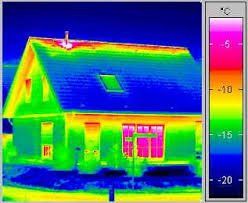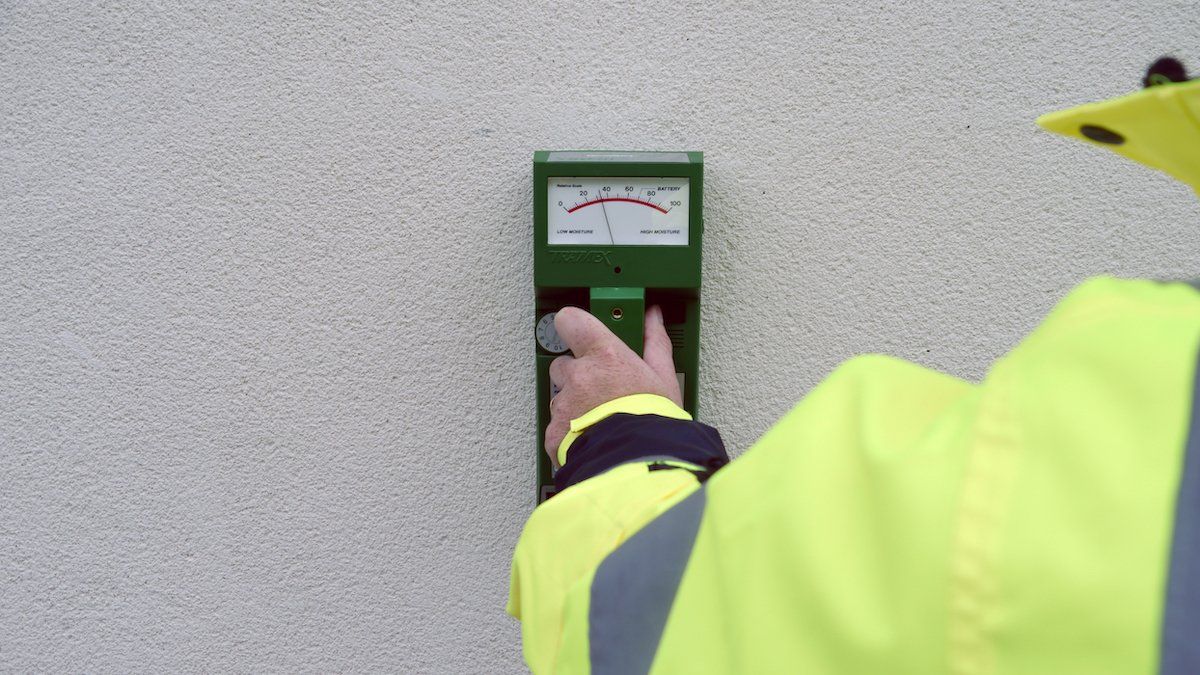Stucco Inspection Guidelines and Procedure.
It is important to understand that stucco, veneer stone, and EIFS are water-resistant, not waterproof, nor is any siding material. To rely solely on the sealing properties of a well-executed caulk joint to eliminate moisture penetration is not practical nor realistic. Stucco, stone veneer, and EIFS assemblies are classified as concealed weather-barrier systems, which accommodate moisture intrusion that may occur at wall penetrations (windows, vents, etc.). A properly installed water-resistant barrier (WRB) between the metal lath or foam board and the wood substrate directs the moisture, in drainage-fashion, down and out a weepage point. An important physical property of a professionally installed assembly is that it breathes, allowing moisture vapor between the water-resistant barrier and cement plaster or foam board to escape through to the outside. In the design and application of a stucco system, it is important to focus on keeping water out. There always is the possibility that moisture may enter. Therefore, it is reassuring to know that a stucco assembly when properly applied allows moisture to drain out. In conjunction the building codes state "The exterior wall envelope shall be designed and constructed in such a manner as to prevent the accumulation of water within the wall assembly by providing a water-resistive barrier behind the exterior veneer, and a means for draining water that enters the assembly". Limited drying potential in combination with high leakage potential can lead to moisture buildup inside the wall, and eventually to mold growth and structural decay. The theory in place is to allow the system to evacuate accumulated moisture with the acknowledgement that all systems will leak.
The installation guidelines by which the the systems are installed are governed and required by the building code which references the minimum industry standards ASTM C926 and C1063 for cement stucco, ASTM C1397 for EIFS, and ASTM C1780 for stone veneer applications. Although the standards are used as a benchmark for our inspections, the primary objective is to determine if the system has performed as intended by protecting the wood substrate from moisture. Simply comparing the existing details to published guidelines without the knowledge of the systems performance fails to accomplish this objective. An inspection should identify repairs that are necessary, effective, and economical. Identification of conformance to industry standard published details does not provide evidence that a repair is necessary nor effective. To identify an existing detail as defective without proof of failure can mislead the parties into initiating unnecessary remedial work.
Our inspections include:
- An in-depth visual evaluation with a focus on installation technique, deficiences, water-proofing, water diversion, flashing design and installation, sealants, and maintenance.
- Testing for moisture intrusion utilizing thermal imaging, Tramex surface scanning, and Delmhorst invasive moisture probing where applicable.
- Detailed reporting discussing the observations, installation methodology in comparison to industry standard and the manufacturer installation specification, viability, recommendations for repair, and budgeting.
Reference links
Stucco / EIFS invasive moisture probing




